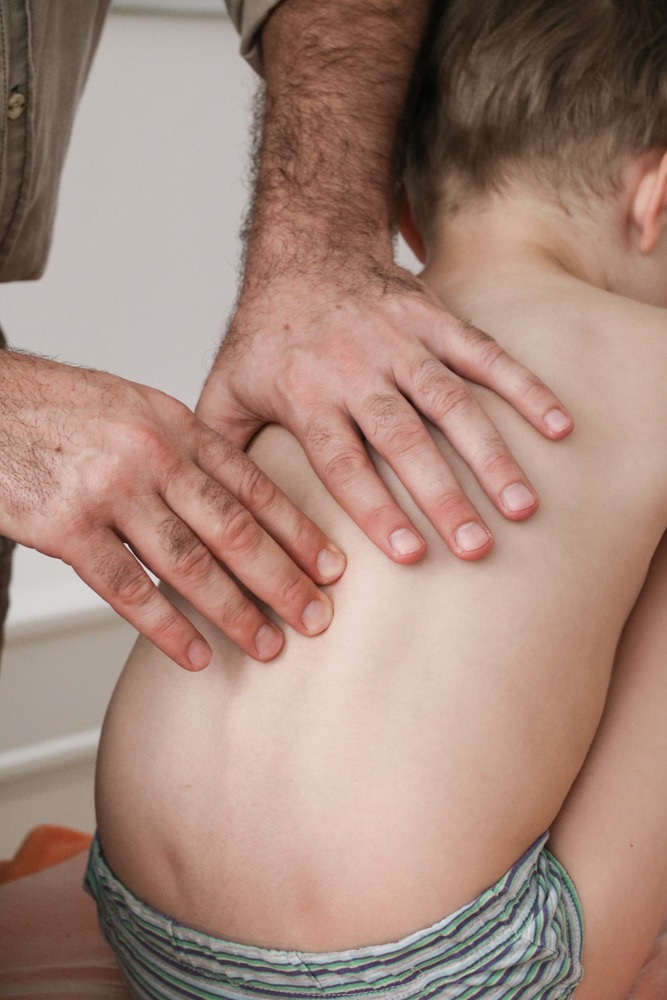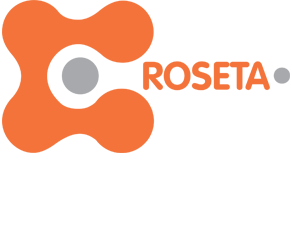Introduction to Rolfing® Structural Integration: Linear Myofascial Meridians
In this course we will explore the anatomy and function of Linear Myofascial Meridians, as published by Thomas Myers in The Anatomy Trains.
We will bring these fascial continuities into our movement and postural awareness through detailed palpation, activation, and myofascial manipulation. We will clarify how any habitual tensions along these lines contribute to the way we balance ourselves and how it influences our movements. By releasing these long term, habitual tensions, we will establish new postural and movement balance.
Viewed from a fascial perspective, the envelopment of muscle tissues by fascial layers are continuous with the tendons at the ‘ends’ of muscles, which merge with the periosteum, continues their communication of strain along the periosteum and/or through the bone, and then re-emerges as a ‘new’ tendon with a different name on the other side of the bone. Or even elsewhere on the same bone, distal or proximal, as transferred through the periosteum. It can be continuous with a ligament, which then merges with another tendon to continue to envelop the next muscle/muscle group. Hence the long term patterns of strain get communicated through these continuities of fascial lines/meridians. We are going to work with this system of linearized Myofascial Meridians, to unravel holding patterns and restore optimal postural and movement coordination.
Intended for:
physiotherapists, medical doctors, and other healthcare professionals
Schedule:
FRIDAY
08.30 – 09.00 | Presentation
9:00 | Introduction
9:00 – 13:00 | Practical 1: Superficial Front Line – Superficial and Deep Front Arm Lines
● Assessment
● Diagnosis
● Strategy formation for intervention
● Demonstration
● Practical exchange. Palpation with client movement participation. Balancing left and right Superficial Front Lines.
13:00 – 14:00 | Lunch
14:00 – 16:00 | Practical 2: Superficial Back Line – Superficial and Deep Back Arm Lines
● Assessment
● Diagnosis
● Strategy formation for intervention
● Demonstration
● Practical Exchange
16:00 – 17:30 | Practical 3: Lateral Lines and Arm Lines continued
● Assessment
● Diagnosis
● Strategy formation for intervention
● Demonstration
● Practical Exchange
17:30 – 18:00 | Debrief, Q&A
18:00 | Close
SATURDAY
9:00 – 11:00 | Experiential Theory continued
11:00 – 13:00 | Spiral Line
● Assessment
● Diagnosis
● Strategy formation for intervention
● Demonstration
● Practical Exchange
13:00 – 14:00 | Lunch
14:00 – 16:00 | Deep Front Line Lower
● Assessment
● Diagnosis
● Strategy formation for intervention
● Demonstration
● Practical Exchange
16:00 – 17:30 | Deep Front Line Upper
● Assessment
● Diagnosis
● Strategy formation for intervention
● Demonstration
● Practical Exchange
17:30 – 18:00 | Debrief, Q&A
18:00 | Close
SUNDAY
9:00 – 11:00 | Experiential Functional Lines Theory continued
11:00 – 13:00 | Deeper Front and Back Lines of Head and Neck
● Assessment
● Diagnosis
● Strategy formation for intervention
● Demonstration
● Practical Exchange
13:00 – 14:00 | Lunch
14:00 – 17:00 | Integrative work: Horizontal Retinacular Lines
● Assessment
● Diagnosis
● Strategy formation for intervention
● Demonstration
● Practical Exchange
17:00 – 18:00 | Debrief, Q&A, Close
Price:
Base Price: EUR 363
Accreditation:
Guarantor: Mgr. et Mgr. Jana Týkalová
Credits: 15 (UNIFY, for physiotherapists only)
Number of Hours: 24
Practical Information:
Bring: comfortable clothing and writing materials
Catering: light refreshments will be provided during the day; participants cover lunch expenses themselves
Accommodation: not provided
The Beginnings of Rolfing:
The founder of Rolfing® was Dr. Ida Rolf (1896–1979). Ida studied biochemistry at Columbia University and worked as a research scientist in New York. Her research focused on the flexibility of proteins in connective tissue. However, the development of her method was not solely the result of scientific study—it was also influenced by her son’s illness, which doctors were unable to treat effectively. Ida noticed that the excessive pressure on his internal organs was caused by poor posture. Following her intuition, she began to massage and manipulate his body in a way that eventually relieved the pressure on his organs and resolved his health issues.






